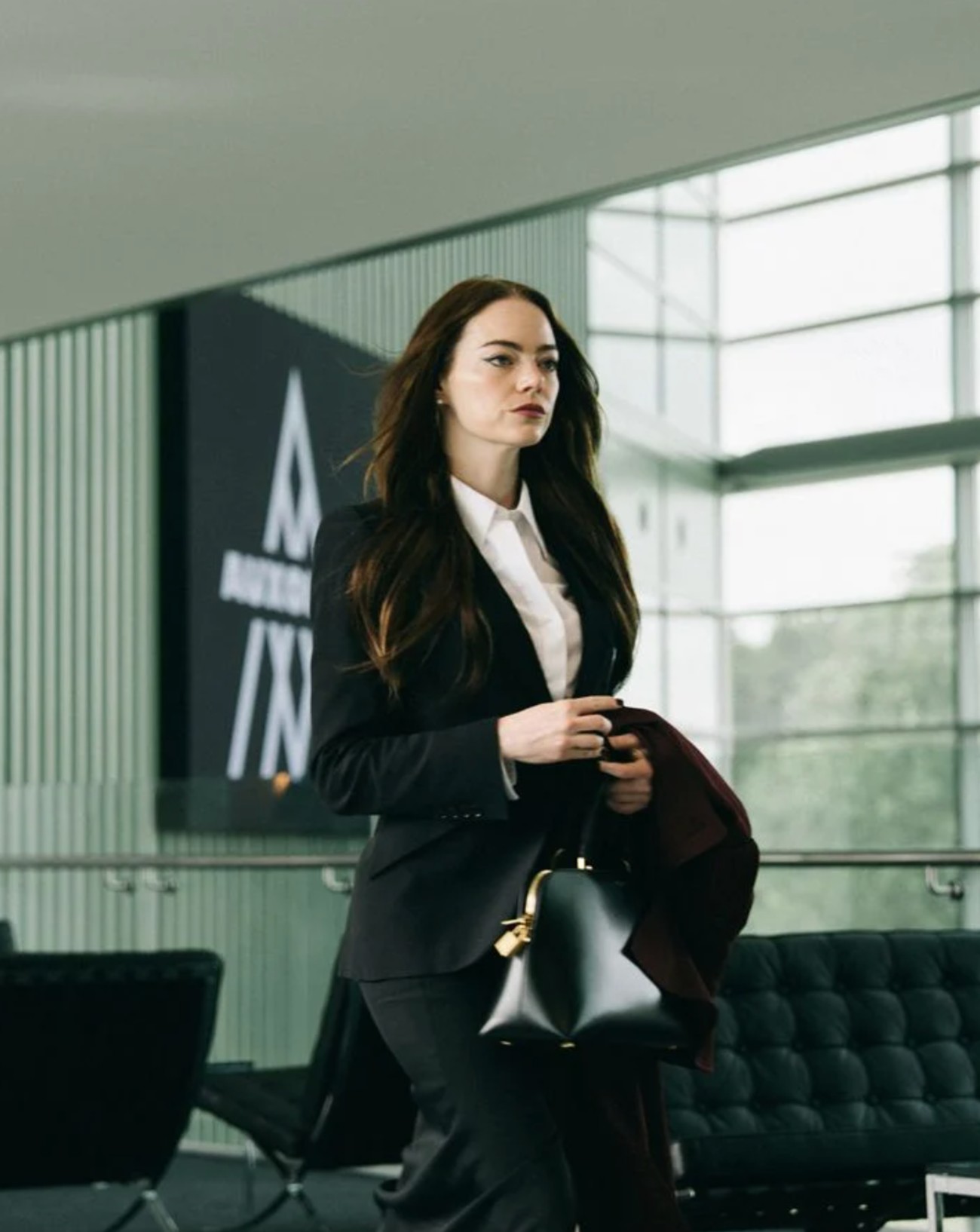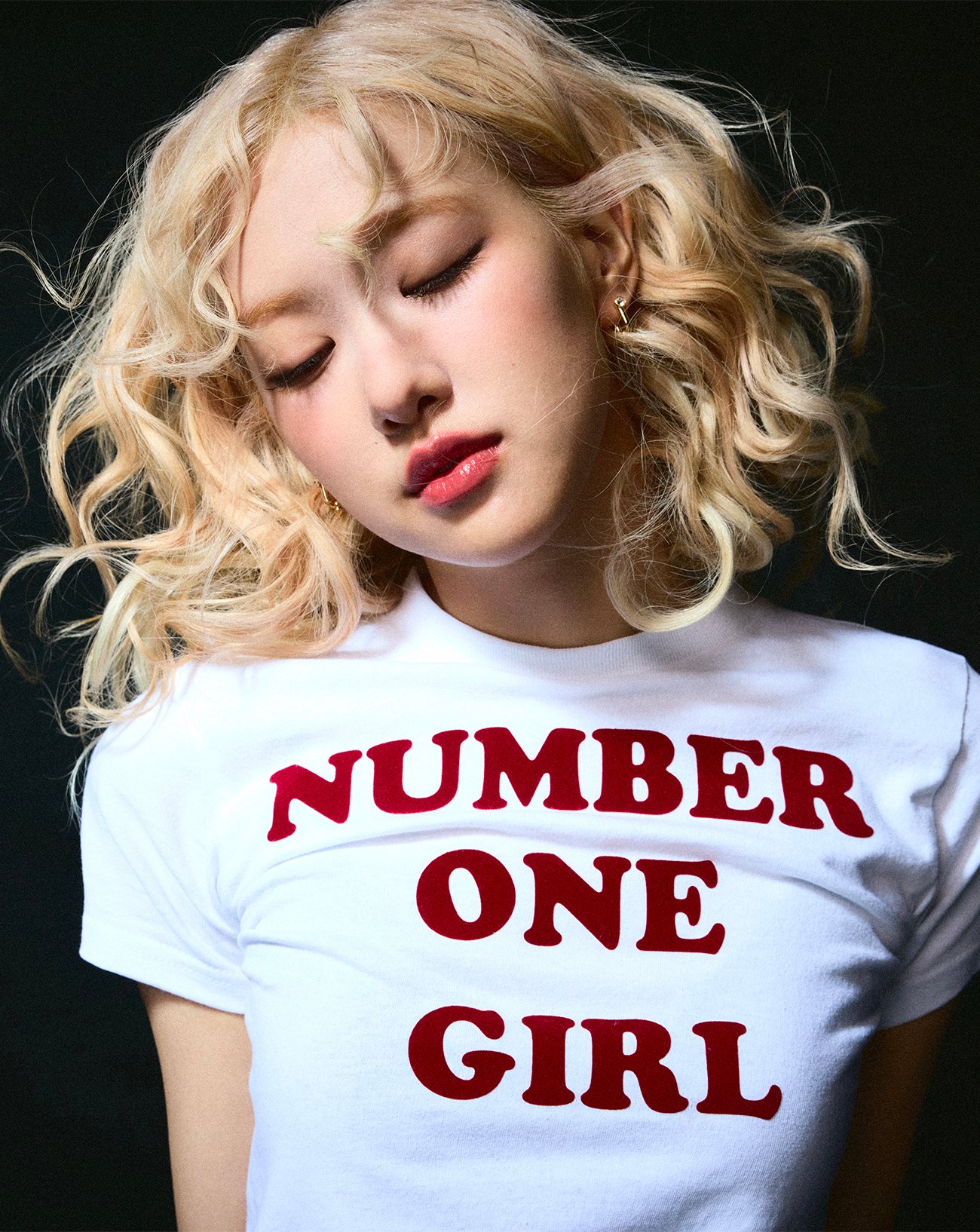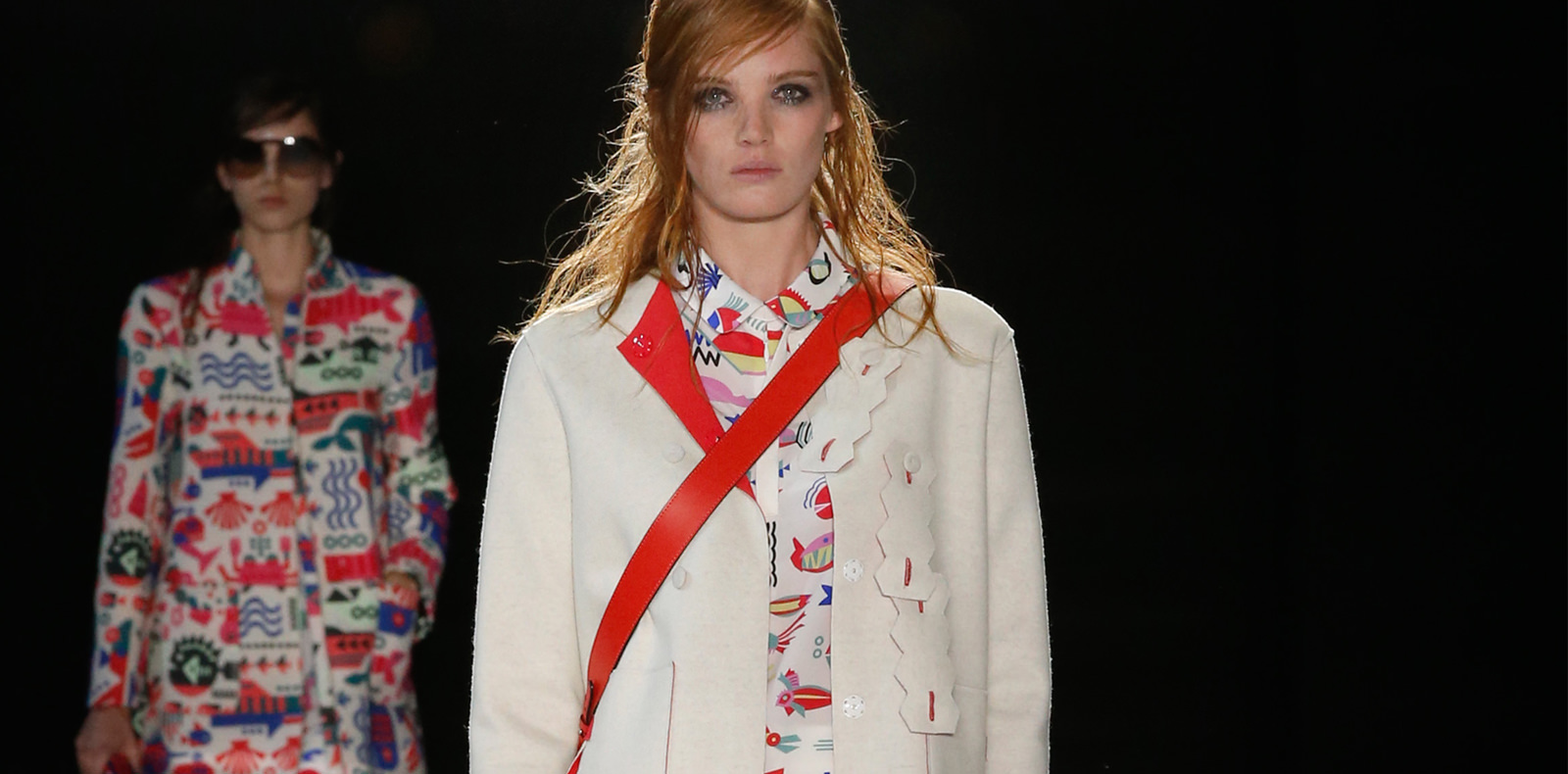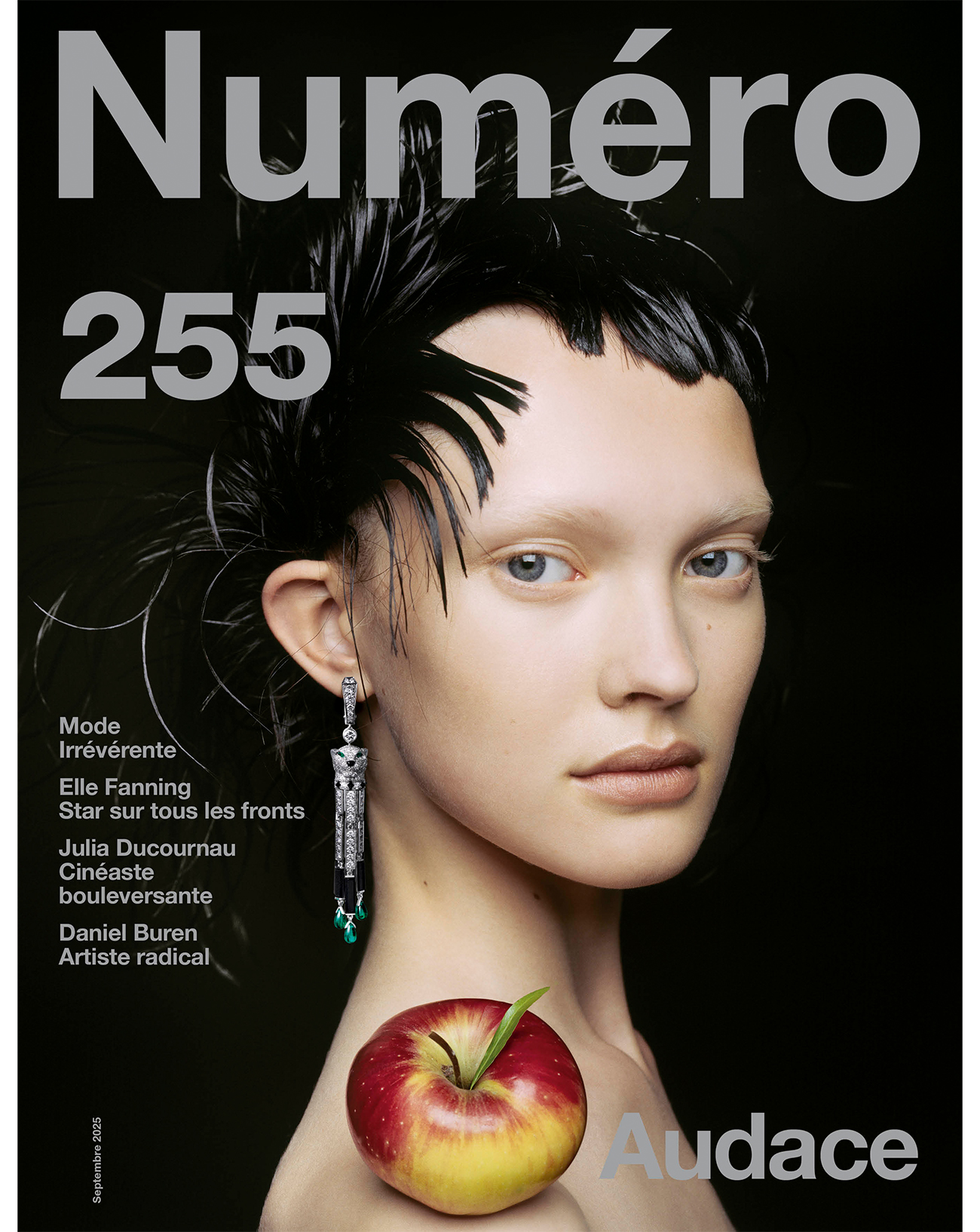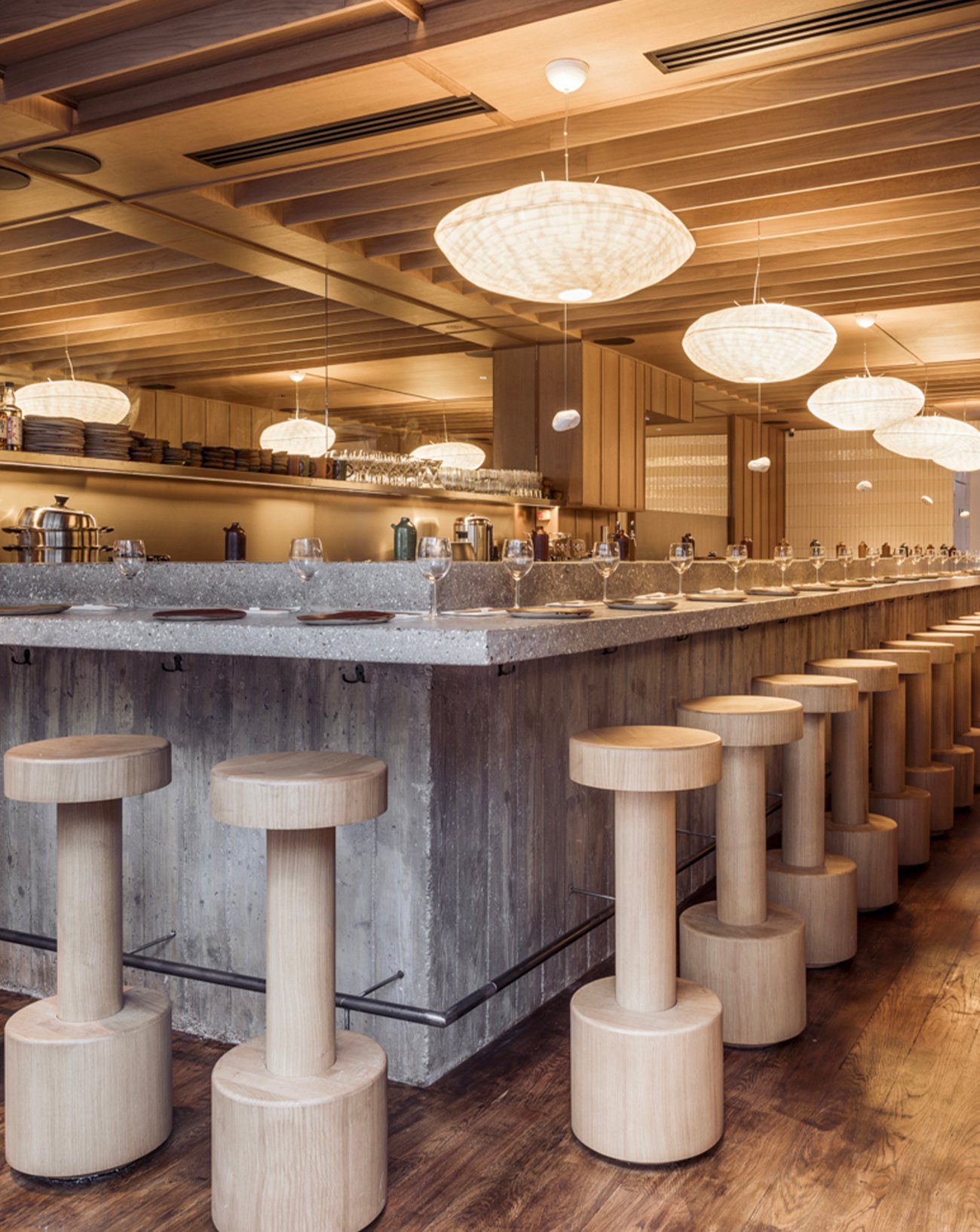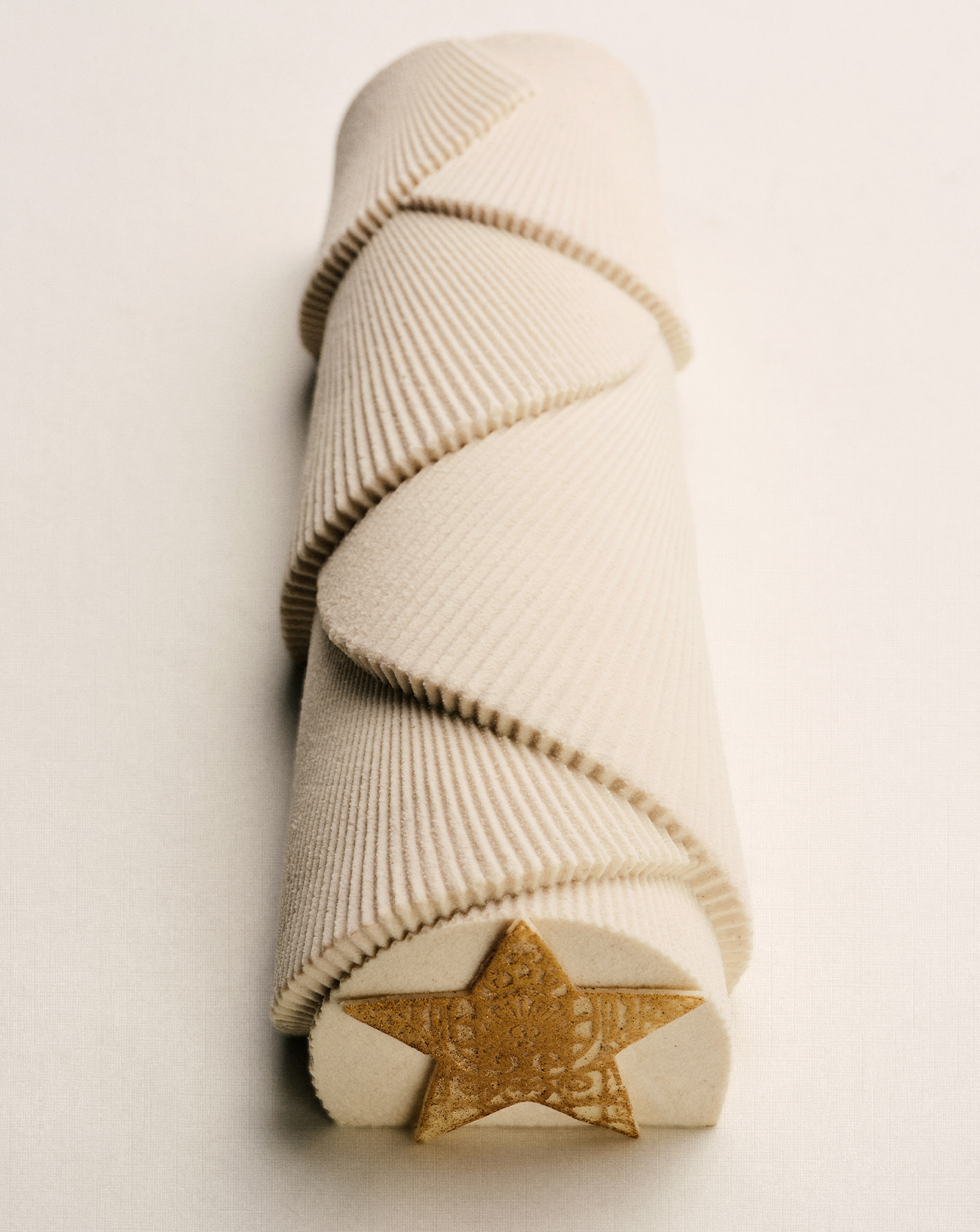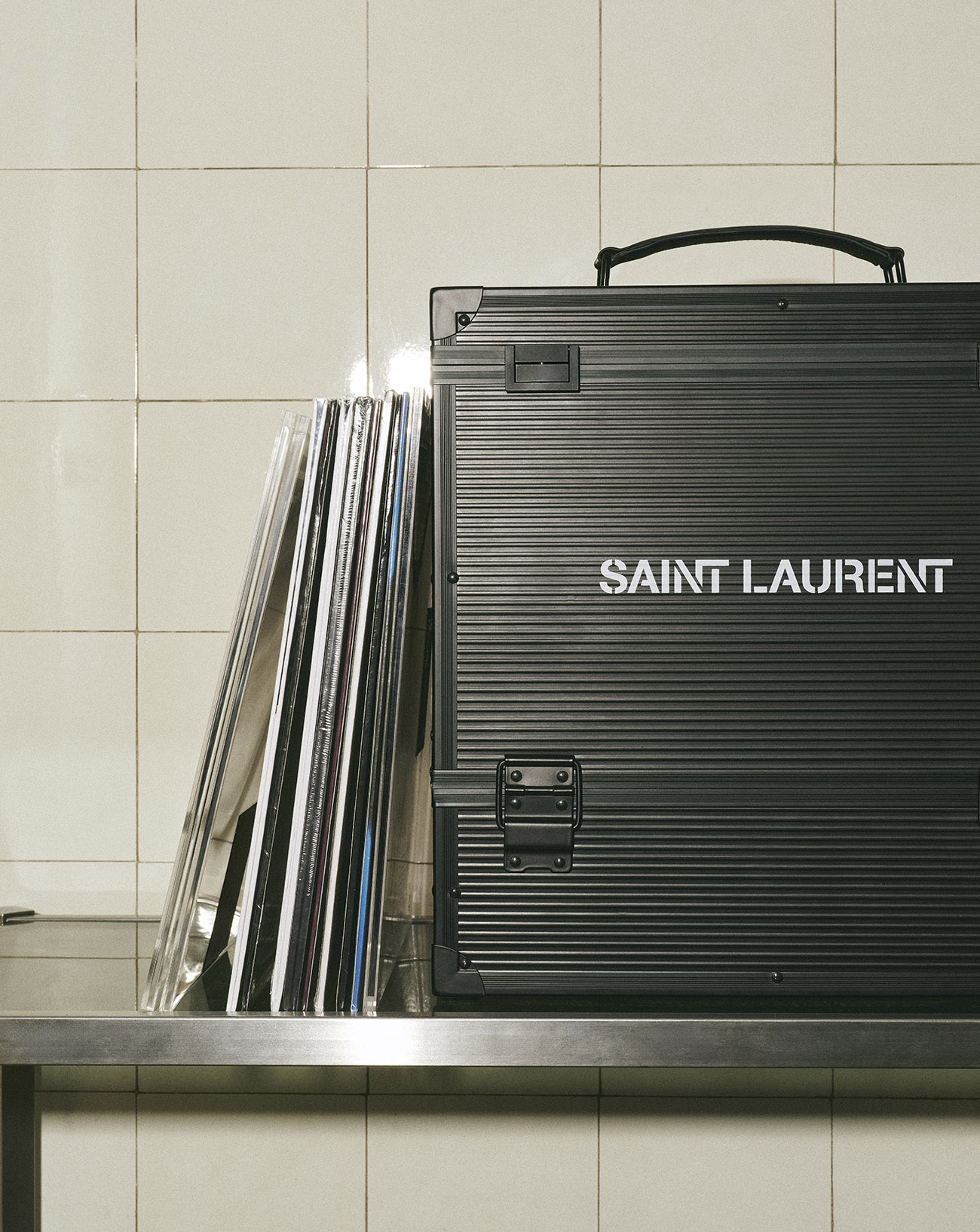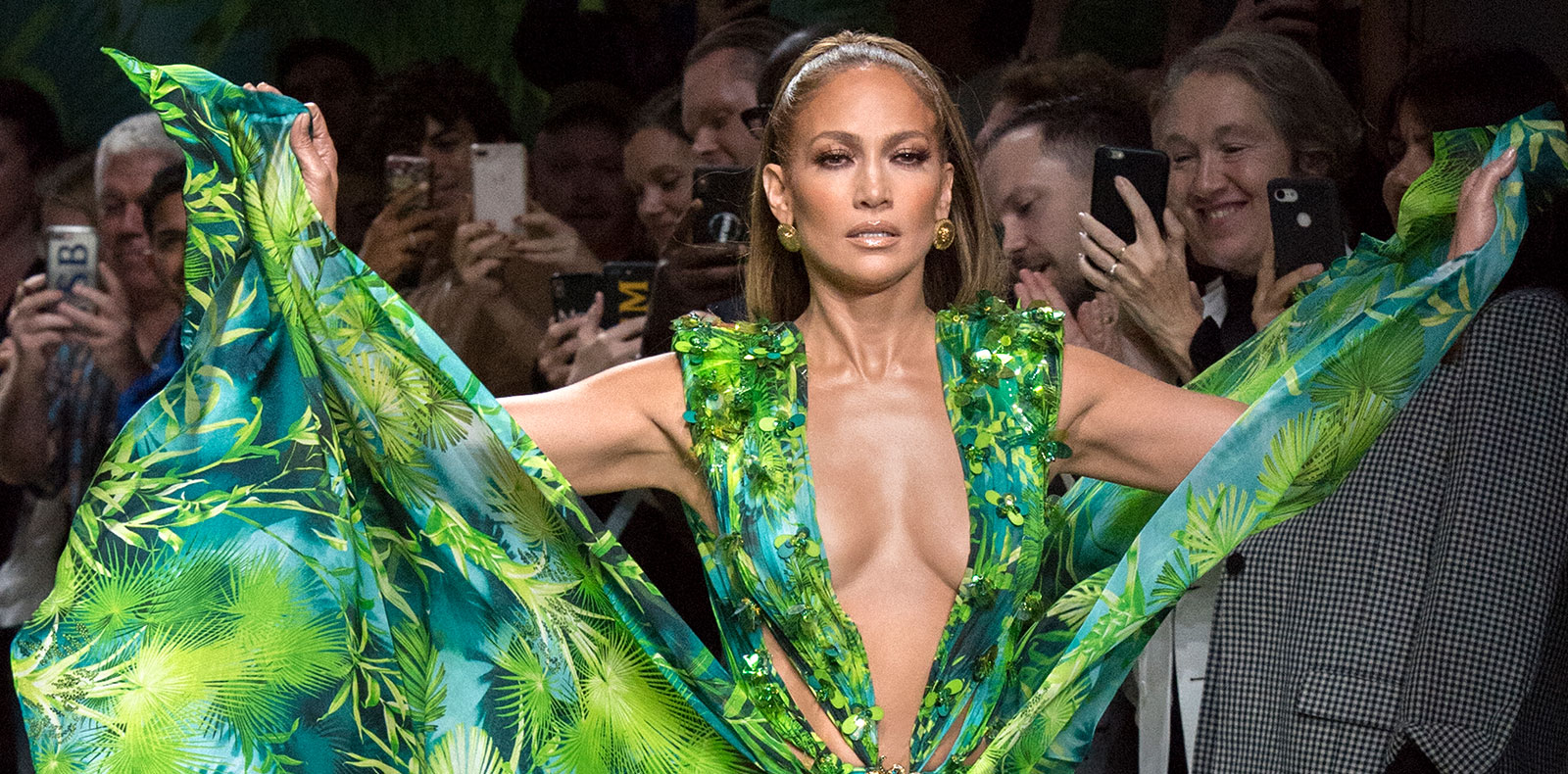
9
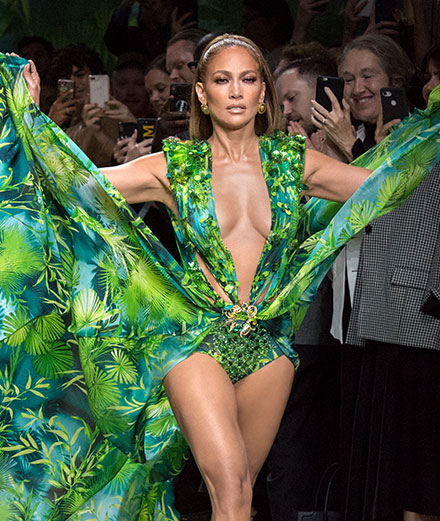
9
Justin Bieber, J.Lo, Lil Nas X: when celebs shake up the internet
Justin Bieber, Jennifer Lopez, Lil Nas X… Over the past two decades, each of these international stars has changed the face of the internet. Without them, TikTok might not have become so huge, Google Images might not have been created and Instagram might not have been purchased so quickly by Facebook, as explained in the documentary Instagram: Vanity Fair, which aired recently on Arte TV. A look back at three key moments that marked the history of the web, pop culture and social media.
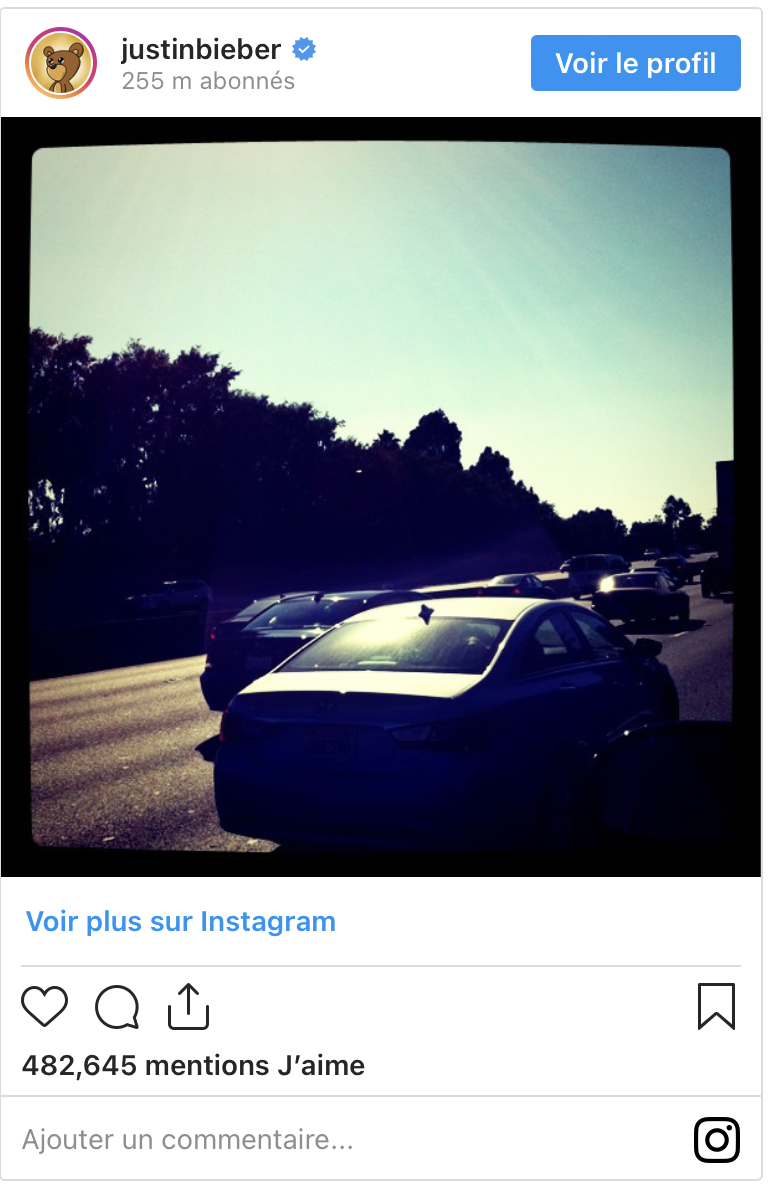
The day Justin Bieber broke Instagram
Launched on 6th October 2010, Instagram already had one million users early 2011. At the time, the new application was mainly favoured by anonymous users, from hipsters to amateur photographers who took advantage of the filters it provided to improve their shots, all framed in the emblematic square format, while celebrities still kept their distance with the application, reluctant to expose their private lives. But in July 2011, the tide turned when Canadian pop star Justin Bieber signed up and posted his first photo: a simple shot taken in traffic jams on a busy Los Angeles road bathed in the Californian sun. Although mundane, the publication sent shock waves. Following its reposting on the singer’s Twitter account, thousands of fans took an interest in the application and joined to follow the life of their idol. Faced with this unprecedented peak, Instagram crashed. And for good reason: the company only had eight employees, taking turns night and day to maintain its activity. Justin Bieber, still a minor at that time, was one of the first to see in this application the opportunity to thumb his nose at the paparazzi and to control his public image by sharing snippets of his private and professional life, with pictures of his girlfriend, his concerts or his family.
From then on, Instagram became the new go-to app, both for celebrities and their community: in the wake of the pop star, the number of its users had increased tenfold by the end of 2011. At the same time, Kris Jenner, a businesswoman and mother of the Kardashian family of reality-TV fame, also encouraged her daughters to join the platform, sensing an opportunity to build a real community around them. In November of the same year, Kylie Jenner published her first Instagram post, a few months ahead of her sister Kim Kardashian in July 2012: they are now among the most followed personalities on the social networking service, and many celebrities eventually joined – singers, actors, athletes – following suit. As a result of the growing presence of celebrities and their community, Facebook co-founder Mark Zuckerberg purchased the application for one billion dollars in April 2012, a record in the tech market at the time. More than ten years after this major event in the history of social media, Justin Bieber is now the eleventh most followed person on Instagram, with 255 million followers
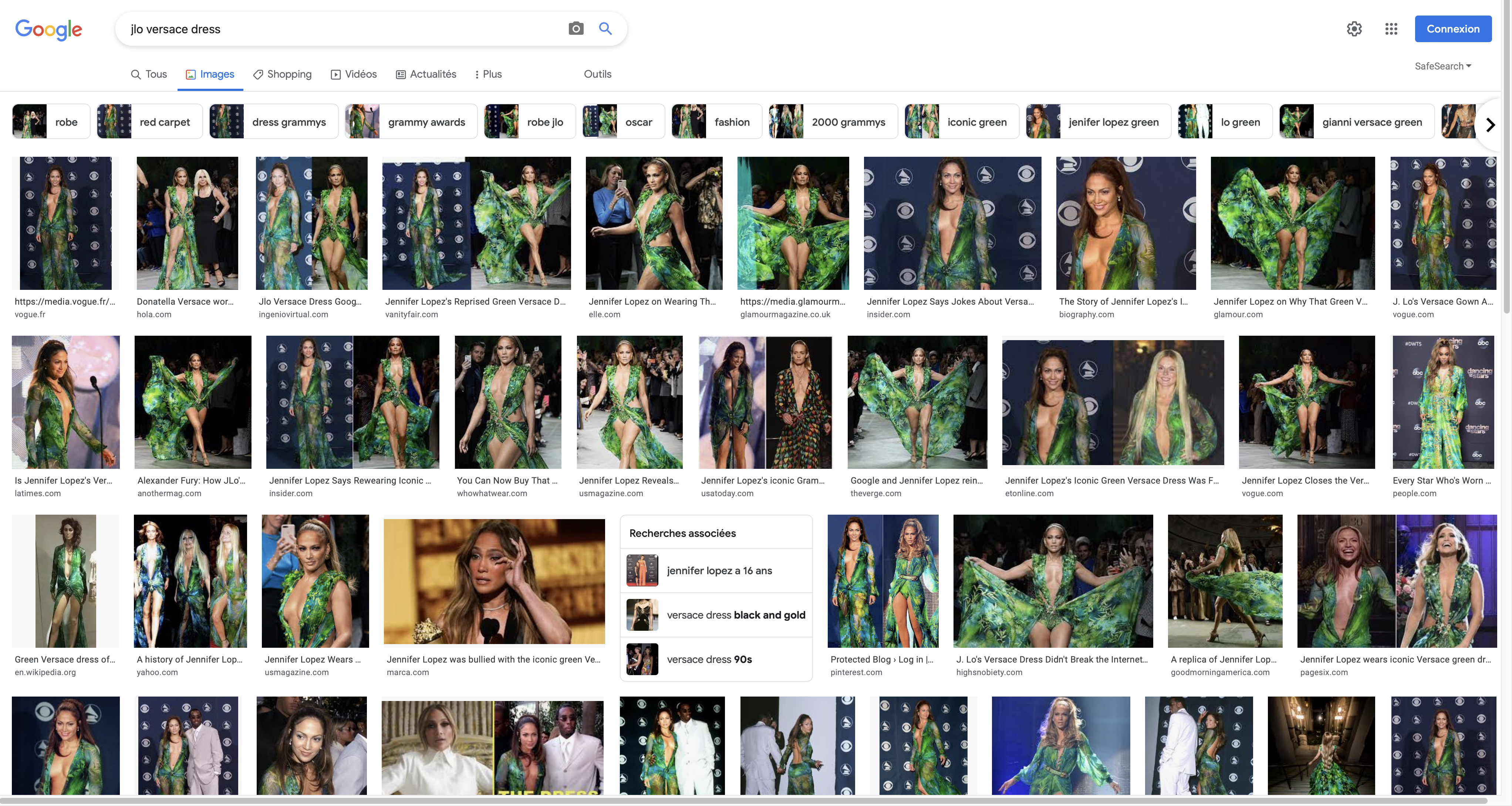
The day J.Lo’s dress gave birth to Google Images
The day was 9th December 2000. The red carpet of the Grammy Awards, a ceremony that honours the greatest figures in the American music industry, was as usual closely followed by much of the American media that was preparing to comment on the evening and decipher every outfit. Among the guest celebrities, one of them was making history. Alongside Will Smith, Britney Spears, Whitney Houston and Elton John, American singer and actress Jennifer Lopez stood out in her green silk Versace dress. The public was abuzz as it discovered her cleavage, which opened right down to her navel, revealing the curve of her breasts and the star’s tanned skin. This compelled the large audience of the ceremony to rush to Google in the days that followed, hoping to view the star’s much-publicised appearance again. The problem was that the search engine, which had been launched a few years before in 1998 – and had only recently reached people’s homes with the democratisation of the internet – did not yet offer direct access to visual content and required users to click on each link to see the desired images appear.
Faced with multiple Google searches for photographs of J.Lo wearing the famous Versace “jungle” dress, the American company, which was already thinking about developing a search engine for images, stopped procrastinating: a few months later, in July 2001, Google Images was born, in almost direct response to the massive demand in December. As a tribute to this iconic moment in the history of fashion, the internet and pop culture, designer Donatella Versace would revisit her “jungle” dress twenty years later for her spring-summer 2020 collection, in a more revealing version than the original, presented in September 2019 in Milan. And who better than Jennifer Lopez herself, then 50, could have worn this tribute design, that was even sexier than the original? As a voice in the room asked “Ok Google, show me the real Versace jungle dress”, the star burst onto the catwalk, cheered by the audience. The story came full circle.
The day Lil Nas X shook up the music industry on TikTok
Late 2018, Lil Nas X had just dropped out of school and was still unknown in the music industry. However, the 19-year-old from Georgia was about to revolutionise it via an app that would become excessively popular a few years down the road. Previously known as Musically, then renamed TikTok in 2018, the platform was then mainly used by Gen Z to post short videos of playbacks and dancing. In December 2018, the American decided to devote himself to song writing and released his track Old Town Road: although it was available on music platforms such as Soundcloud and YouTube, it was on TikTok that it found an unprecedented audience when the artist himself re-shared an excerpt, reinterpreting with humour the memes – images or videos that are copied and spread massively online – used at the time on social media. His song, with its country and rap undertones, went viral, and was covered by tens of thousands of users of the platform, who did not hesitate to put on their cowboy hat and boots to film themselves dancing to its catchy tune, launching the “#Yeehaw” challenge. The ball was rolling: for several months, Old Town Road made the rounds of social media, prompting Lil Nas X to record a new version of his song with American country singer Billy Ray Cyrus. The song reached number one on Billboard’s Hot 100 – a position it held for more than 17 weeks, ousting the 16-week Latin hit Despacito by Luis Fonsi, Daddy Yankee and Enrique Iglesias. Old Town Road is still the longest-running number one single in the US chart.
Thanks to TikTok, he became one of the most listened to artists of his generation and signed with the major record label RCA Records. But while this overwhelming success inspired others in the music industry, its upheaval also created new issues: as a new dynamic was created, more and more labels were looking for the viral potential in their artists’ future tracks. In a video posted on TikTok in May 2022, singer Halsey tackled the issue head on, explaining that her label refused to release a song if it didn’t have the potential of becoming a hit on the app. Other singers such as FKA Twigs, Charli XCX and Florence + the Machine also spoke up against the new pressure generated by the growing power of TikTok in their industry, and how it risked formatting and stifling musical creation. Recently, the success of the young American Olivia Rodrigo with her single Drivers License, massively covered by all “tiktokers”, only confirmed the trend and the impact of Lil Nas X who, without predicting it, had turned the music industry upside down thanks to – or because of – the exponentially growing social media. By January 2022, the app had 1 billion active users worldwide.






